Art and Creativity: Simple Tips to Spark Your Work
If you love making art but sometimes feel stuck, you’re in the right place. This page gathers quick, hands‑on ideas that you can try right now, whether you’re painting a landscape, dabbling in abstract, or just starting with watercolors.
Landscape Painting Made Fun
Landscape scenes can look flat if you stick to the same old tricks. Try shifting the horizon line up or down to change the viewer’s eye level – a higher line makes the sky dominate, a lower one brings the ground forward. Mix unexpected colors in the shadows; a touch of blue or purple can add depth without looking weird. Also, add a few bold brushstrokes for texture – think of a tree trunk as a simple line, then layer leaves on top with short, quick strokes. These little changes keep the picture alive and give it that extra spark.
Another easy win is to use a limited palette. Pick three to four colors you love and blend them on the canvas. Fewer colors force you to pay attention to value and composition, which often results in a stronger image. When you feel the piece needs a pop, add a bright accent like a splash of orange in a sunset or a red flower in the foreground.
Mastering Watercolor Basics
Watercolor feels tricky because it’s hard to erase, but the right setup makes it smoother. Start with a small palette of essential hues: a warm yellow, a cool blue, a neutral gray, a leaf green, and a burnt sienna. These five cover most scenes and let you mix a wide range of tones. Wet the paper first if you want soft, blended backgrounds, then drop in your colors while the surface is still damp. For sharper details, let the paper dry a bit before adding a focused brushstroke.
Don’t forget to protect the edges of your paper with masking tape. It keeps the paint from bleeding off the page and gives you a clean border that looks professional. If a wash goes wrong, lift the excess water with a clean, damp brush – it’s easier than starting over.
Beyond technique, think about why you paint. Are you capturing a memory, experimenting with shape, or just relaxing? Knowing the purpose helps you decide which tools to use and which mistakes you can forgive.
Abstract art often raises the question, “Is this real?” The short answer: it doesn’t have to be. Abstract pieces focus on feeling, movement, and color relationships rather than exact objects. When you work abstract, start with a feeling – excitement, calm, chaos – and choose colors and shapes that match that mood. Let the canvas guide you, not the other way around.
Modern and contemporary art get mixed up a lot, but they’re actually different eras. Modern art covers roughly 1860‑1970, emphasizing new styles like Cubism and Surrealism. Contemporary art is what’s being made today, often blending media, technology, and social commentary. Knowing the timeline helps you talk about art with confidence and pick the right references for your own projects.
Ready to try something new? Pick one tip from each section – shift a horizon, mix a new watercolor combo, or add an abstract shape – and see how it changes your work. Small experiments add up, and before you know it, you’ll have a fresh style that feels truly yours.
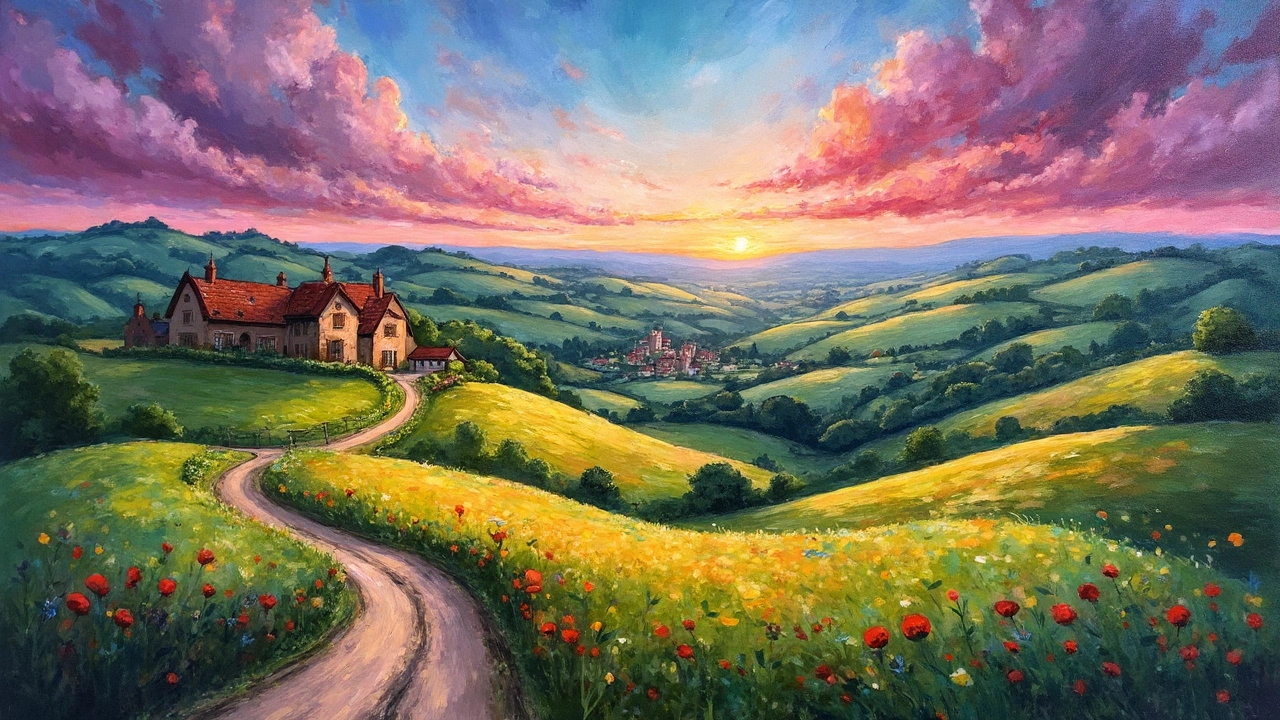
7 Apr 2025
Landscape paintings can sometimes look flat or uninspired, but a few tweaks and techniques can make them pop. From playing with perspective to using unexpected colors, there are plenty of ways to breathe life into your artwork. Dive into practical tips and creative ideas that promise to give your landscape paintings that extra spark. Perfect for artists looking to refresh their style or inject interest into their creations.
Continue reading...
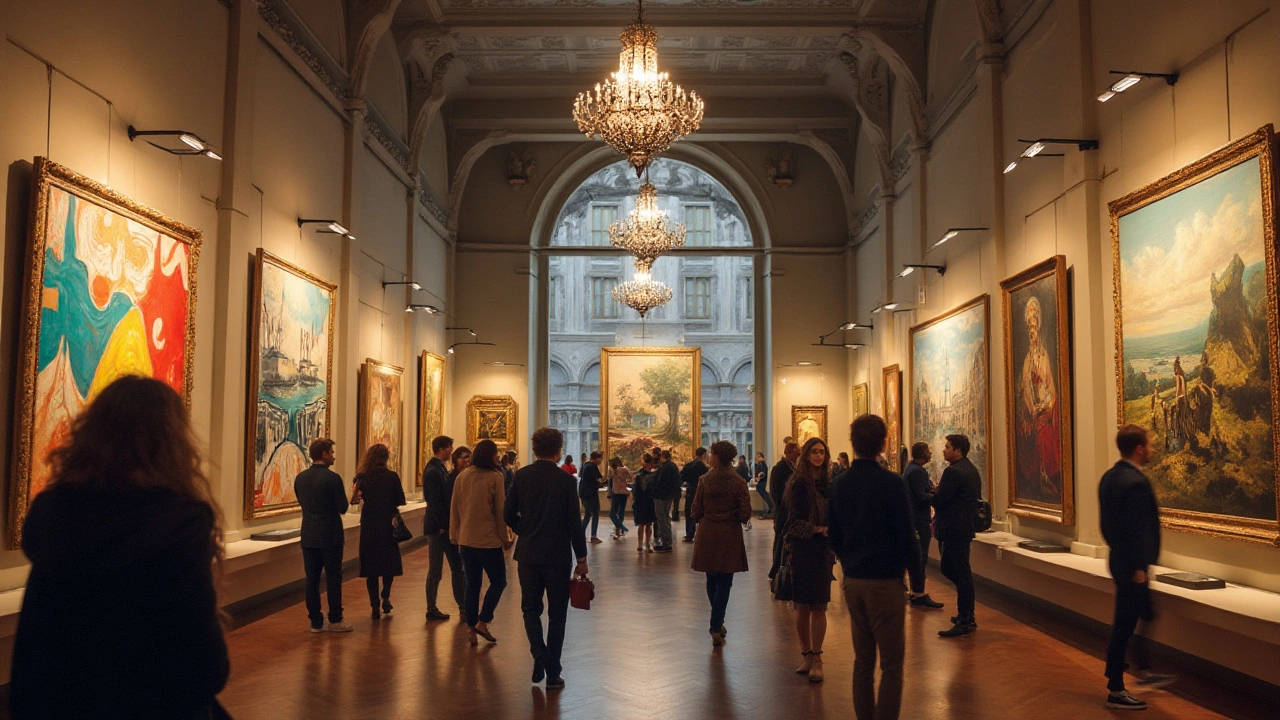
31 Jan 2025
Abstract art often raises the question of its realism. By examining the roots and intentions behind abstract compositions, one can appreciate its essence and relevance. This article delves into the perception of abstract art, its distinction from realism, and ways to interpret its meaning. Readers will gain insights into experiencing abstract art beyond traditional viewpoints.
Continue reading...
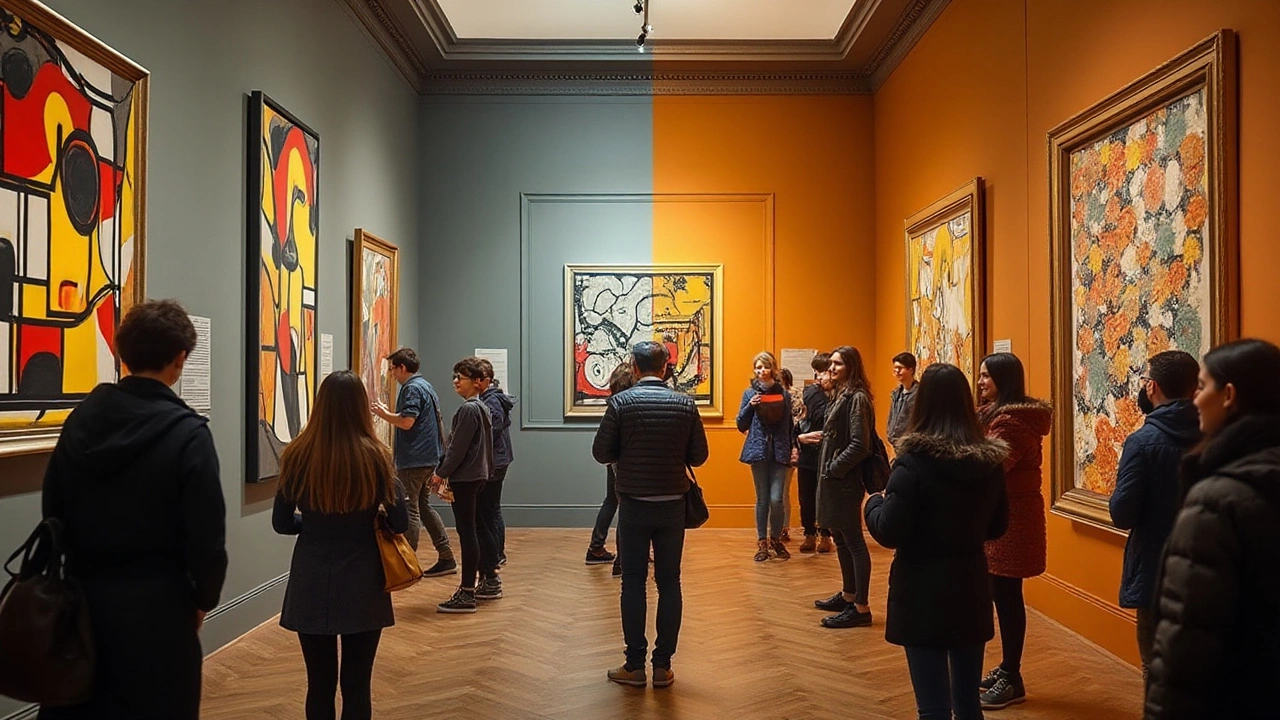
9 Jan 2025
Many people confuse contemporary art with modern art, but they actually represent different periods and ideologies. This article clarifies these distinctions by exploring the unique characteristics, historical contexts, and prominent figures of each art movement. By examining their evolution, this guide helps art enthusiasts appreciate the nuances and significance of these art forms. Whether you're a novice or an adept critic, understanding these differences enriches your art experience. Discover how these movements influence our perception of art in today's world.
Continue reading...
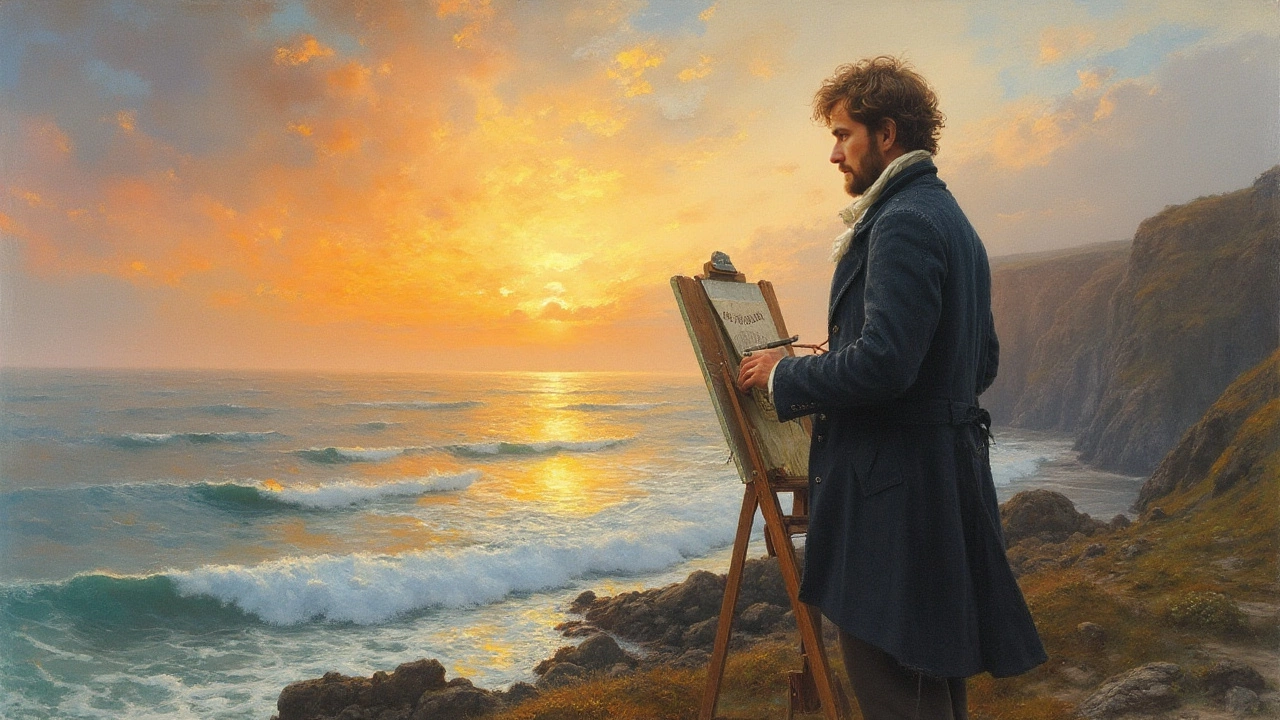
28 Nov 2024
Watercolor painting has a rich history filled with talented artists who have mastered its delicate and ethereal qualities. From the visionary landscapes of Joseph Mallord William Turner to the vibrant still lifes of Paul Cézanne, these artists transformed watercolor painting into a celebrated art form. This article delves into the lives and works of some of the most famous watercolor painters, offering insights into their unique techniques and artistic contributions. Learn about key figures in art history whose brushstrokes have left an indelible mark on the world of watercolor.
Continue reading...
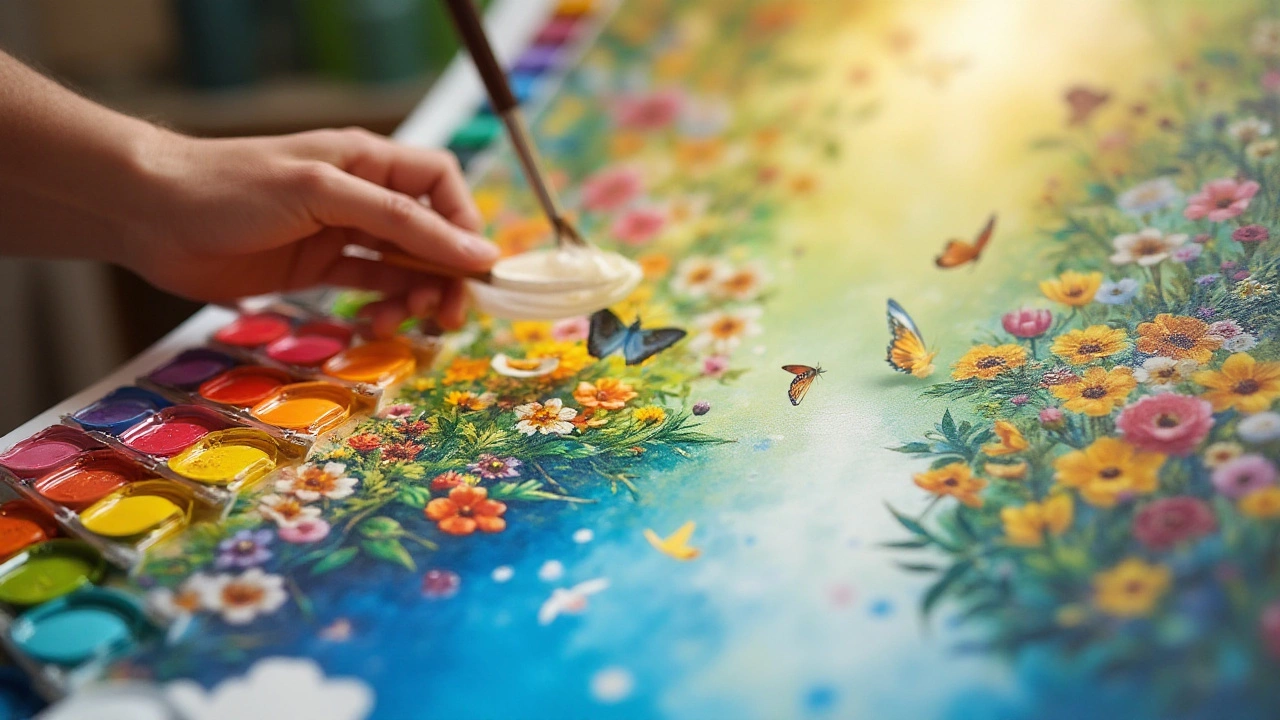
13 Nov 2024
The world of watercolor begins with the right colors, tailored to bring your artistic vision to life. Exploring the foundational hues can open the door to a captivating array of artworks, whether you’re capturing the vibrant energy of a sunny day or the subtle tones of a quiet evening. Understanding which colors to include in your beginner palette can set you up for success, offering a balance between creativity and control. This article delves into the must-have colors for every novice watercolor artist and tips to effectively use them.
Continue reading...

4 Nov 2024
Watercolor painting is both an art form and a test of patience, often considered challenging due to its unforgiving nature. This article explores why watercolor is difficult and offers insights to help artists tame the medium's unpredictable elements. Readers will discover historical context, essential techniques, common mistakes, and tips to improve their skills. Whether you're a beginner or experienced artist, this guide aims to make watercolor painting a more enjoyable pursuit.
Continue reading...





